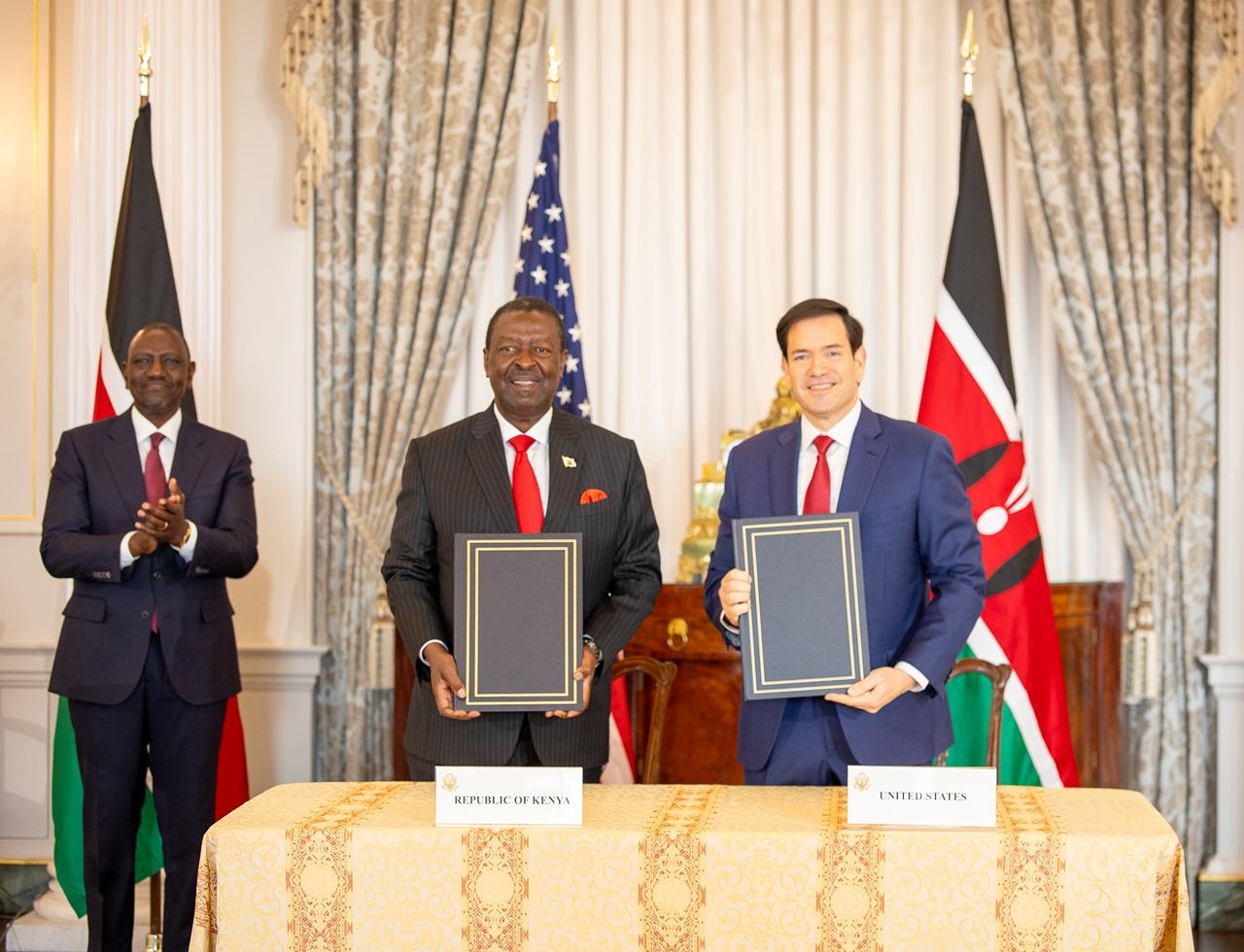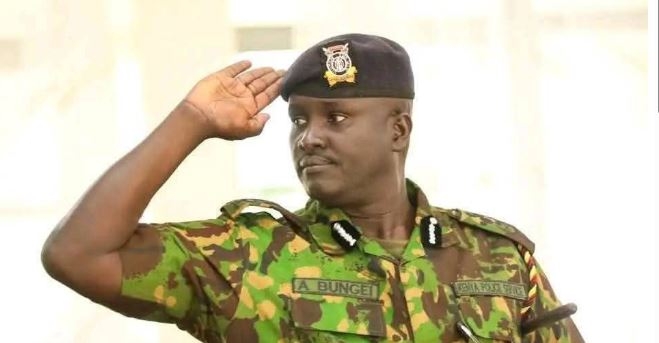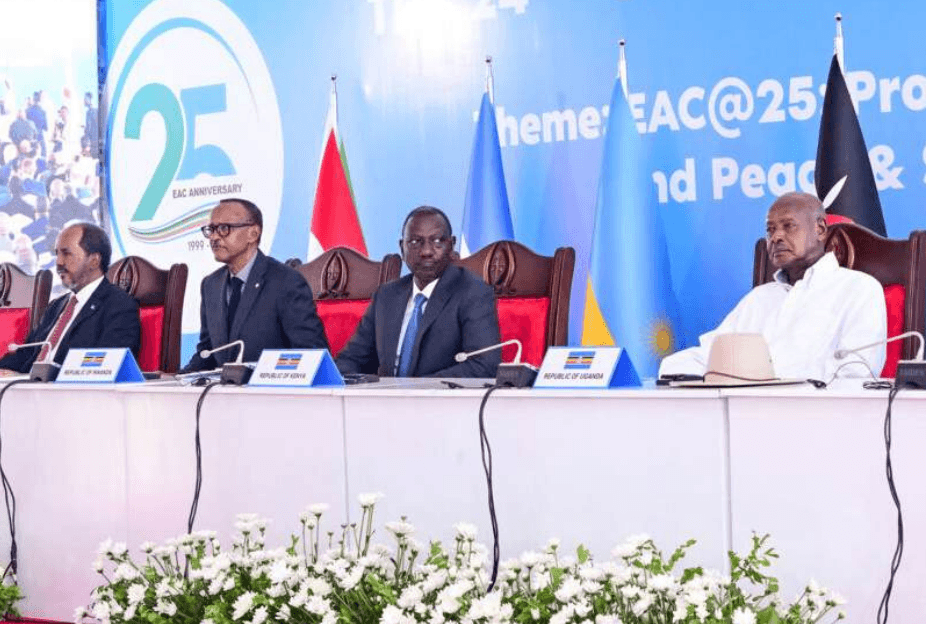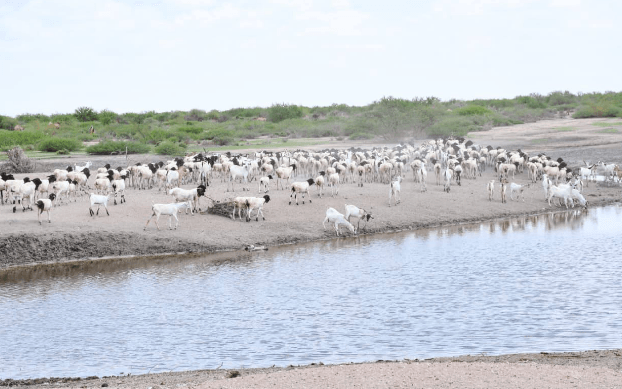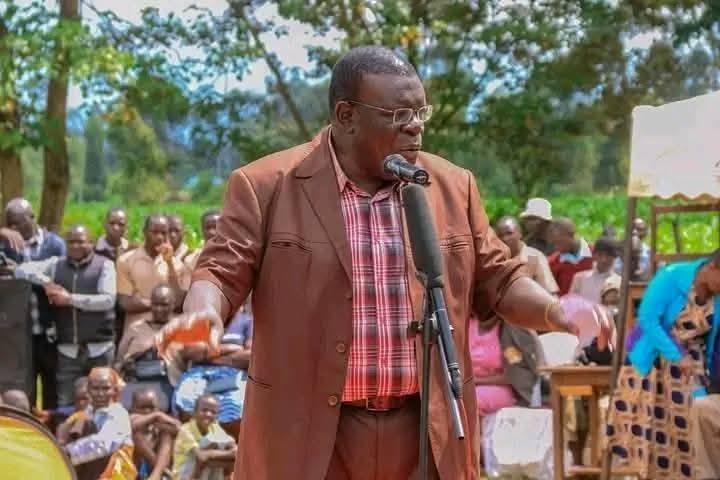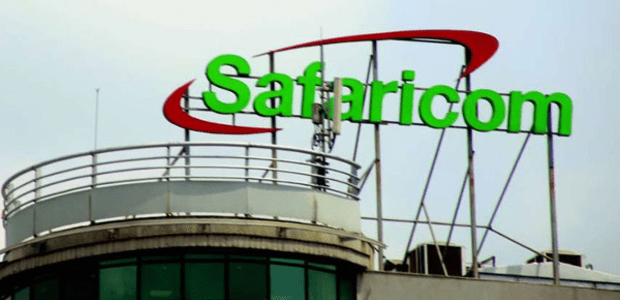According to the Africa risk-reward index report 2o22, Kenya is one of the countries in Africa with high public external debt levels.
As of June 2022, external debt constituted about 50 per cent of total public debt, up from 45 per cent as of March 2013.
The more expensive commercial debt comprised more than 25 per cent of the external debt as of June 2022.
Kenya's debt registry as of the end of last year shows gross public debt crossed the Sh8 trillion mark to stand at Sh8.2 trillion against the country's nominal GDP estimated at Sh10.7 trillion.
This means for every Sh10 earned from the sale of goods and services in the country, Sh7 covers loans, illustrating Kenya's high level of indebtedness which is likely to worsen on growing volatilities in the global market.
The external debt burden has worsened due to the persistent fall in the value of the Kenya shilling and the economic slump that followed the Covid-19 restrictions.
In 2021, 22 million jobs were lost due to the pandemic with 30 million people being pushed into extreme poverty.
This number is estimated to rise by a further 1.8 million people in 2022.
African governments are failing to address socio-economic challenges.
Some include increased costs, supply chain disruption and climate change have worsened the continent’s food crisis.
UN estimates that Covid-19 pushed an additional 55 million people into poverty in Africa.
The conflict in Ukraine has now contributed to a rise in the cost of living, given its impact on food and fuel prices.
This is projected to impact Africa’s economic outlook for many years to come.
According to the report, African governments have attempted to intervene in these crises but remain limited by a lack of resources.
They have mostly channeled their interventions towards subsidizing key commodities such as fuel, food staples such as wheat, maize and sugar and even fertilizer.
These extraordinary fiscal measures have come amid rising public debt, which was already a problem prior to the latest crises.
With the exception of wealthier African countries like South Africa and Botswana, governments lack the resources to finance large social welfare programs to support the most vulnerable populations.
IMF considers half of the countries in Sub-Saharan Africa to be in debt distress or at high risk of debt distress.
In 2022, public debt in Kenya is expected to exceed 70 percent of the GDP.
In Egypt and Morocco, it is expected to exceed 100 percent whereas in Ghana and South Africa it is expected to exceed 70 percent.
Africa’s GDP grew by an estimated 6.9 percent in 2021.
As per the report, a ratio of debt interest payments as a proportion of fiscal revenue revealed the government’s capacity for unrestricted spending.
In Kenya, nearly 28 percent of fiscal revenue will be directed to debt repayments this year.
Head of Africa macro at Oxford Economics Africa Jacques Nel said that considering how much government spends on public sector wages and salaries, there is very little scope for governments to redirect spending to provide additional economic support without accruing additional debt.
“At the moment, it’s really a bad time to go into debt markets looking for additional debts. Appetite for local currency debt is soaring,” he said.
“This is due to high inflation, exchange rate and external debt which has also surged due to tighter monetary conditions in advanced economies and increased risk aversion.”
As of September 2022, Kenya has a reward score of 5.37 out of 10 from 6.10 in 2021 and risk of 5.89 from 5.80 in 2021.
Senior Analyst at Control Risks based in Kenya Patricia Rodriguez said that the Kenyan government has been economically constrained.
She said that funding an agricultural policy is going to be quite difficult for President Ruto.
“The country has encountered some difficulties in sustaining some of the subsidies on fuel but there are a few question marks on exactly how the government intends to carry out funding,” Rodriguez said.
“Seeing that there is a drought crisis in the country, emergency responses are likely to take precedence. There will be a huge reliance on external sources for both emergency food supplies and emergency interventions such as fertilizer subsidies.”
In his inauguration speech on September 13, President William Ruto said as part of the government's intervention to address the high cost of living, he would facilitate the availability and affordability of fertilizer and good quality seeds.
The President directed that 1.4 million bags of fertilizer be availed to farmers at a subsidized price of Sh3,500 per 50kg bag down from the current price of Sh6,500 per 50 kg bag.
According to Agriculture Principal Secretary Francis Owino, farmers can now buy fertilizer at the nearest cereal board depots.
He said a 50kg bag of DAP fertilizer will be selling at Sh3,500, CAN at Sh2,875, Urea at Sh3,500, NPK at Sh3,275, MOP at Sh1,775 and Sulphate of Ammonia at Sh2,220.
The report also highlighted Africa's unhealthy dependence on external food supply and the need for a global energy transition.
According to the report, there is an urgent need for a global transition away from fossil fuels.
This transition combined with the disruption to European energy markets has prompted a renewed focus on energy in Africa.
According to the report Africa has been externally dependent on most of its commodities.
This has left severe gaps in the continent’s internal supply chains, such as food.
Despite African countries have committed to speed up regional integration under the African Continental Free Trade Agreement (AfCFTA) in 2019, these challenges are prevalent.
Most of Africa’s agriculture-related activity is subsistence and where it is not, getting food from farm to end-consumer is costly.
A large infrastructure deficit in transport and power remains a key obstacle to addressing these challenges.
Nel said that one of Africa’s most pressing issues is its dependence on imports of even the most basic foodstuffs.
“Given the continent’s dependence on rainfed agriculture and susceptibility to climate change, in the context of an international shift towards shoring up national food security, the situation could deteriorate further,” Nel said.
He said that addressing this issue will require both private and public investments, in storage and warehousing, agro-processing, agricultural infrastructure and financial services.
“Technological developments in the fintech and agricultural sectors, as well as progress on the AfCFTA, could catalyze the development needed,” Nel said.
Anti-government sentiment is high and rising with governments accused of failing to tackle the rising cost of living.
This has driven unrest in many African capitals.
Political stability risks will be heightened in the coming year as socio-economic challenges exacerbate deep inequalities and highlight governments’ inability to address them.
In the year ahead, businesses are likely to be directly or indirectly affected by protests and should plan for risks such as incidental security threats, supply chain delays, looting and vandalism, or duty of care concerns for employees.


